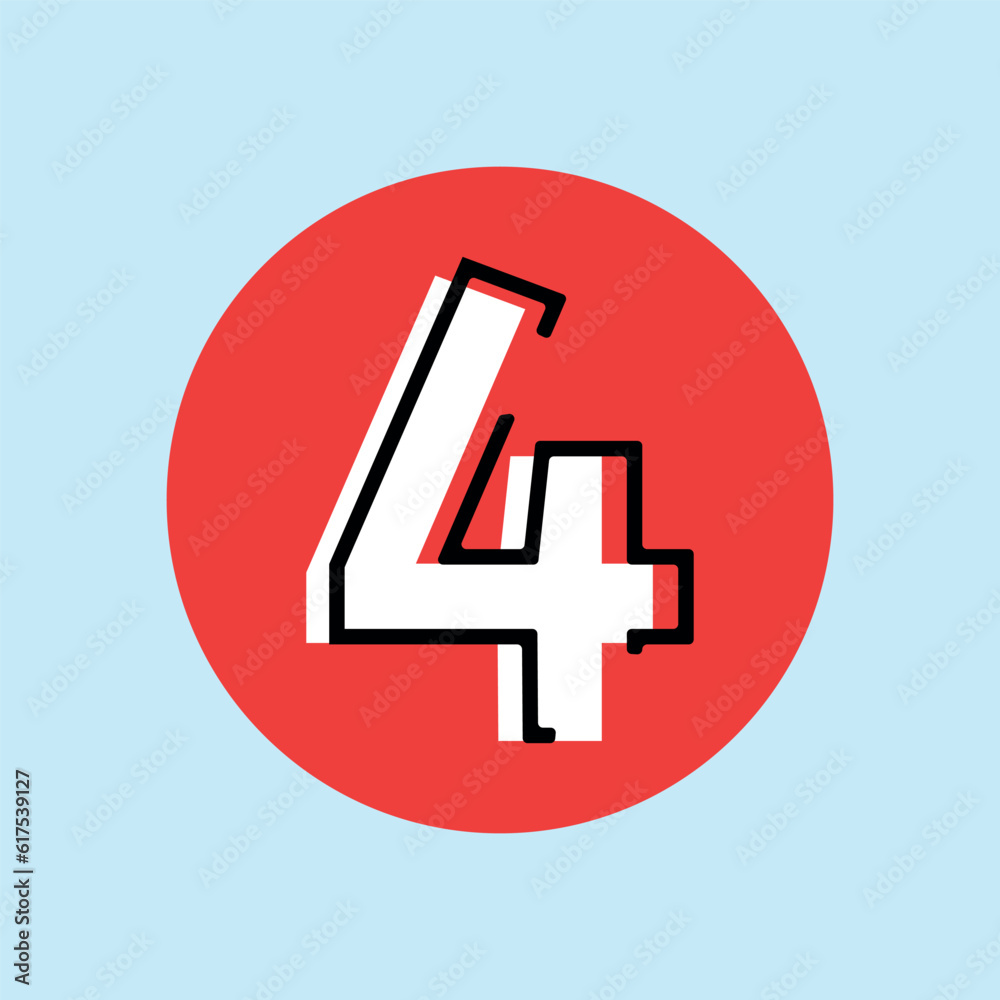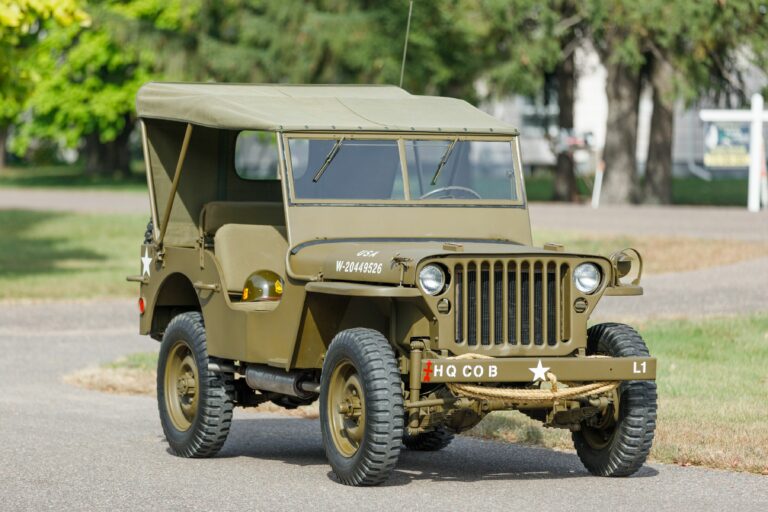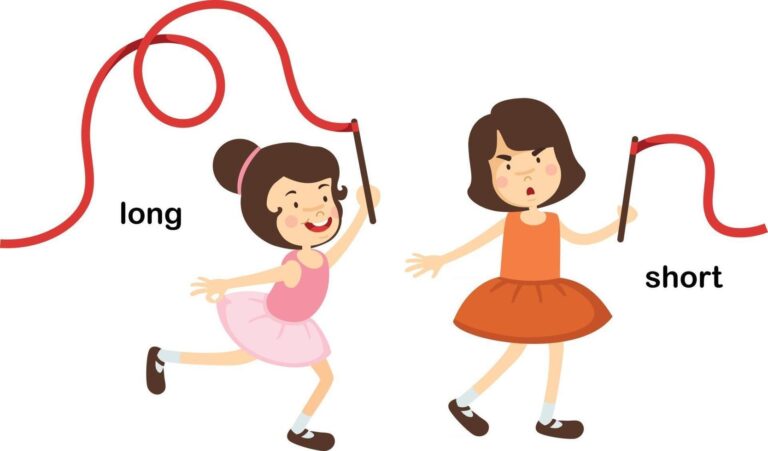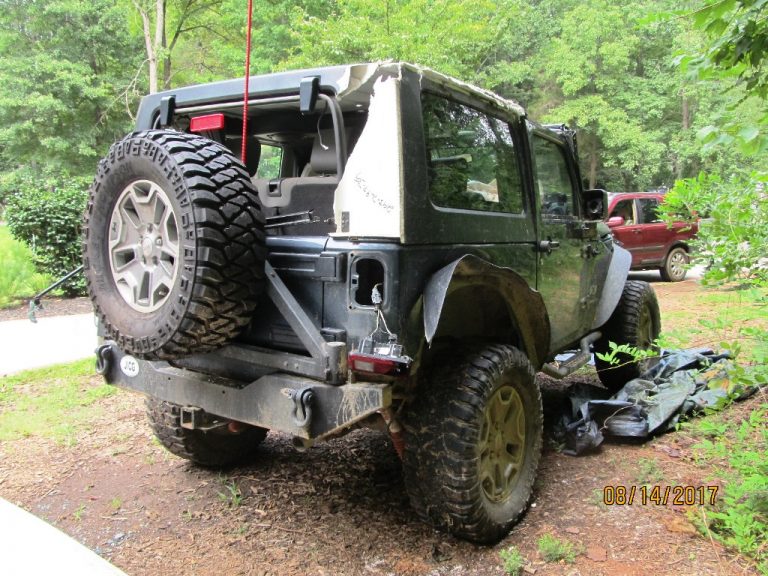4.0 Jeep Engine For Sale: A Comprehensive Guide to Acquiring the Legendary Powerhouse
4.0 Jeep Engine For Sale: A Comprehensive Guide to Acquiring the Legendary Powerhouse /jeeps.truckstrend.com
The Jeep 4.0-liter inline-six engine, often referred to by its internal designation, the AMC 242, is more than just a power plant; it’s a legend. Renowned for its robust design, incredible durability, and impressive low-end torque, this engine powered a generation of iconic Jeeps, including the Cherokee (XJ), Wrangler (YJ and TJ), Grand Cherokee (ZJ and WJ), and Comanche (MJ). Though production ceased in 2006, the demand for this workhorse remains incredibly high among enthusiasts, restorers, and anyone looking to breathe new life into their beloved classic Jeep.
For many, finding a reliable 4.0 Jeep engine for sale is the key to keeping these revered vehicles on the road, whether for daily driving, off-road adventures, or a meticulous restoration project. This comprehensive guide will delve into everything you need to know about acquiring, inspecting, and understanding the nuances of the 4.0L Jeep engine, ensuring you make an informed decision.
4.0 Jeep Engine For Sale: A Comprehensive Guide to Acquiring the Legendary Powerhouse
The Enduring Legacy of the 4.0L Jeep Engine
Born from the robust AMC inline-six family, the 4.0L engine made its debut in 1987. Its cast-iron block and cylinder head, combined with a simple yet effective pushrod valvetrain, contributed to its reputation for bulletproof reliability. Unlike many modern engines designed for high horsepower at high RPMs, the 4.0L was engineered for torque, making it perfectly suited for the demanding environments Jeeps often find themselves in, from rock crawling to towing.
Its longevity is legendary, with many units exceeding 200,000 or even 300,000 miles with proper maintenance. This inherent durability, coupled with a vast aftermarket support network and a wealth of shared knowledge within the Jeep community, solidifies its status as one of the most beloved and sought-after engines in automotive history. For those seeking to repair or upgrade an older Jeep, the 4.0L remains the gold standard.
Why Buy a Used 4.0L Jeep Engine? Benefits and Considerations
Opting for a used 4.0L Jeep engine comes with a unique set of advantages, particularly for Jeep owners.
Benefits:
- Cost-Effectiveness: Purchasing a used or remanufactured 4.0L engine is often significantly cheaper than replacing a vehicle or attempting complex repairs on a severely damaged original engine.
- Proven Reliability: When sourced correctly, a 4.0L engine offers a track record of dependability that few other engines can match, ensuring your Jeep will run for many more years.
- Abundant Parts and Knowledge: The sheer popularity of this engine means that parts are readily available, and a vast online community offers troubleshooting tips, repair guides, and experienced advice.
- Maintains Originality: For restoration projects, keeping the original engine type preserves the vehicle’s authentic character and value.
- Ease of Swapping: The 4.0L is a straightforward engine to swap, especially into a vehicle that originally came with one, thanks to its relatively simple design and well-documented procedures.

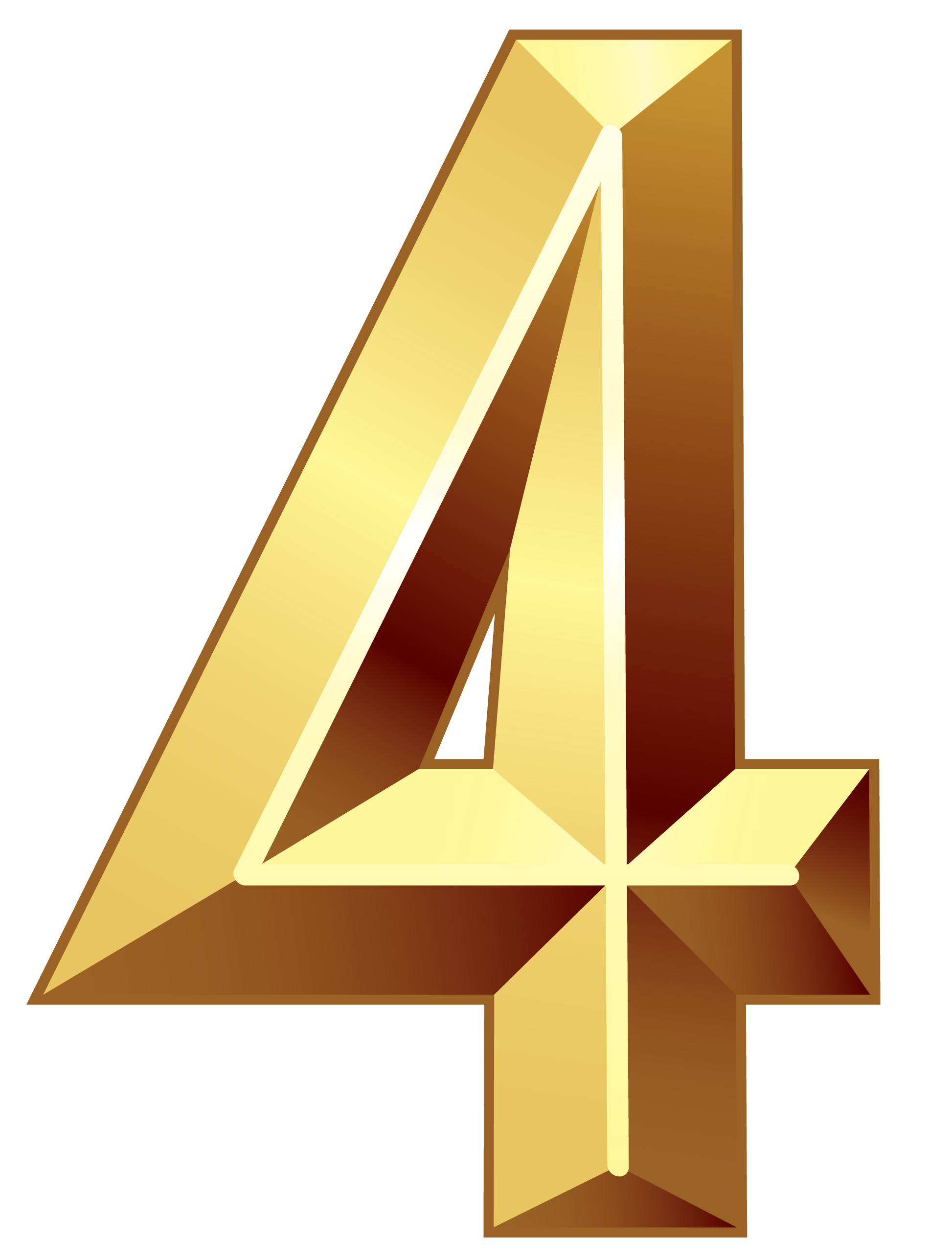
Important Considerations:
- Age and Mileage: Most 4.0L engines for sale will have considerable mileage and age. Their true condition might not be immediately apparent.
- Unknown History: Unless you’re buying from a meticulous owner with detailed service records, the engine’s past maintenance and usage can be a mystery.
- Potential for Wear: Even the most durable engines experience wear and tear. Components like seals, gaskets, and sensors may need replacement regardless of the engine’s core health.
- Compatibility: While broadly similar, minor variations exist between different production years (e.g., High Output vs. non-HO, sensor types), which can affect compatibility with your vehicle’s existing wiring and accessories.

Where to Find a 4.0L Jeep Engine For Sale
Locating a suitable 4.0L engine requires a targeted approach. Here are the most common and effective avenues:
- Online Marketplaces: Websites like eBay, Craigslist, and Facebook Marketplace are popular starting points. Be specific in your searches (e.g., "Jeep 4.0L XJ engine," "AMC 242 TJ engine") and filter by location to reduce shipping costs.
- Specialized Jeep Forums and Groups: Online communities dedicated to specific Jeep models (e.g., XJ Cherokee forums, TJ Wrangler groups) often have "for sale" sections where enthusiasts list engines. This can be a great way to find engines from fellow enthusiasts who might offer more transparency about their history.
- Salvage Yards/Junkyards: Local and online salvage yards are excellent sources for pull-out engines. Some specialize in Jeeps, increasing your chances of finding a good unit. Inquire about their testing procedures and any limited warranties.
- Remanufactured Engine Suppliers: Companies specializing in remanufactured engines offer thoroughly rebuilt units that have been machined, inspected, and fitted with new wear parts. These often come with warranties, providing peace of mind, though at a higher cost.
- Local Mechanics and Jeep Shops: Many independent Jeep repair shops might have contacts for reputable engine suppliers or even pull-out engines from past projects.
Types of 4.0L Engines Available: Decoding the Options
When searching for a 4.0L, you’ll primarily encounter three types, each with its own price point and level of risk:
- Used/Pull-out Engines: These are engines removed directly from donor vehicles. They are the most affordable but carry the highest risk due to unknown mileage, maintenance history, and internal condition. They are often sold "as-is."
- Tested Used Engines: Some salvage yards or sellers will offer used engines that have undergone basic testing, such as a compression test or a brief run to check for major issues. While better than a completely untested unit, they still have inherent wear.
- Rebuilt/Remanufactured Engines: These engines have been professionally disassembled, cleaned, inspected, and often machined back to factory specifications. Critical wear components like pistons, rings, bearings, and seals are replaced with new parts. Remanufactured engines typically undergo more rigorous testing and come with a warranty, making them the most reliable but also the most expensive option. They often come as "long blocks" (block and head assembled) or "complete" with some accessories.
Year-Specific Variations: Be aware of minor differences between model years. Early 4.0L engines (pre-1991) are "Renix" systems with different sensors and fuel injection. Later engines (1991 onwards) are "High Output" (HO) with improved cylinder heads and fuel injection, offering slightly more power. Always verify the year of the donor engine and ensure it’s compatible with your vehicle’s computer and wiring harness, or be prepared to swap necessary components.
What to Look For: A Buyer’s Inspection Guide
Acquiring a 4.0L engine requires careful inspection, especially for used units.
-
Ask Key Questions:
- What is the engine’s mileage?
- What vehicle did it come out of, and why was it removed?
- Are there any known issues (e.g., excessive oil consumption, knocking sounds, overheating)?
- Can you provide a video of it running, or records of maintenance?
- Does it come with any warranty or return policy?
-
Visual Inspection (if possible):
- Leaks: Look for excessive oil or coolant leaks around the valve cover, oil pan, front/rear main seals, and head gasket area. Some minor weeping is common, but significant drips indicate problems.
- Cracks: Inspect the cylinder block and head carefully for any visible cracks, especially around freeze plugs or exhaust ports (a common issue on some 0331 cylinder heads from 2000-2001).
- Oil Condition: Check the oil on the dipstick and under the oil filler cap. Sludge or a milky appearance indicates poor maintenance or coolant contamination.
- Coolant Condition: Look into the radiator or coolant reservoir (if present). Clear, clean coolant is good; rusty or sludgy coolant suggests neglect.
- Sensors and Wiring: Ensure critical sensors (CPS, TPS, MAP, IAC) are present and their connectors are intact.
- Exhaust Manifold: Check for cracks, which are common on 4.0L manifolds. While replaceable, it’s an indicator of past stress.
-
Compression Test: This is the most crucial test for a used engine. A healthy 4.0L should have compression readings of 120-150 psi per cylinder, with no more than a 10-15% variation between cylinders. Inconsistent or low readings indicate internal wear (rings, valves).
-
Listen for Noises (if running): If the engine can be heard running, listen for knocks, ticks, or excessive valvetrain noise.
-
Seller Reputation: Buy from reputable sellers, whether an established business or a private individual with positive feedback.
Installation and Post-Installation Tips
Once you’ve secured your 4.0L engine, proper installation is key to its longevity.
- Professional vs. DIY: While a DIY swap is feasible for experienced mechanics, those less familiar with engine work should consider professional installation.
- Replace the Essentials: Always replace the following during an engine swap:
- All gaskets and seals (oil pan, valve cover, intake/exhaust manifold, rear main seal, front main seal).
- Spark plugs and wires.
- Thermostat and water pump.
- All fluids (oil, coolant).
- Motor mounts (often worn out).
- Consider replacing the distributor, CPS, and O2 sensors for peace of mind.
- Break-in Procedure: If installing a rebuilt or remanufactured engine, follow the manufacturer’s break-in recommendations carefully to ensure proper seating of piston rings and bearings.
- Initial Startup: Be prepared for some initial smoke (from residual oils/fluids burning off) and ensure oil pressure builds quickly.
Potential Challenges and Solutions
- Finding a Good Engine: The biggest challenge is finding a genuinely healthy used engine. Solution: Be patient, do thorough research, ask questions, and perform diligent inspections. Consider paying more for a tested or warrantied unit.
- Shipping Costs: Engines are heavy. Shipping can be expensive. Solution: Look for local sellers for pick-up, or get multiple freight quotes before committing.
- Compatibility Issues: As mentioned, year-to-year variations can cause headaches. Solution: Double-check part numbers, sensor types, and wiring harnesses against your specific vehicle’s year and model. Consult wiring diagrams if needed.
- Unexpected Repairs: Even a "good" used engine might have minor issues surface after installation. Solution: Budget for contingencies, and proactively replace common wear items during the swap.
4.0 Jeep Engine For Sale Price Table
The price of a 4.0L Jeep engine can vary significantly based on its type, condition, included accessories, and the seller. The following table provides estimated price ranges.
| Engine Type | Condition / Description | Average Price Range (USD) | Key Considerations |
|---|---|---|---|
| Used / Pull-out | "As-is" from a donor vehicle, high or unknown mileage. | $500 – $1,500 | Highest risk, no warranty, condition highly variable. Best for experienced DIYers. |
| Tested Used | Pull-out, compression tested, visually inspected, possibly brief run. | $1,000 – $2,000 | Better assurance than "as-is," but still limited or no warranty. |
| Rebuilt | Professionally disassembled, cleaned, new wear parts (pistons, rings, bearings, gaskets). | $2,000 – $3,500 | Quality varies by rebuilder; typically short to moderate warranty (3-12 months). |
| Remanufactured | Fully machined, new internals, tested to OEM specifications, often with extended warranty. | $3,000 – $5,000+ | Highest quality used option, often with significant warranty (1-3 years). Most reliable. |
| Long Block | Block and head assembled, no external accessories (intake, exhaust, sensors). | Included in Rebuilt/Reman | Requires transfer of all external components from your old engine. |
| Complete Engine | Long block plus intake, exhaust manifolds, throttle body, some sensors, etc. | Higher end of range | Easier swap, but inspect condition of included accessories. |
Disclaimer: Prices are estimates and can vary greatly based on location, seller, included components, shipping costs, and current market demand. Always get a detailed quote.
Frequently Asked Questions (FAQ) about the 4.0L Jeep Engine
Q: What vehicles commonly used the 4.0L engine?
A: The 4.0L inline-six was predominantly used in the Jeep Cherokee (XJ, 1987-2001), Jeep Wrangler (YJ, 1991-1995; TJ, 1997-2006), Jeep Grand Cherokee (ZJ, 1993-1998; WJ, 1999-2004), and the Jeep Comanche (MJ, 1987-1992).
Q: What’s the difference between the "Renix" and "High Output (HO)" 4.0L engines?
A: The "Renix" 4.0L (1987-1990) used a different engine management system and various sensors. The "High Output" (HO) 4.0L (1991-2006) featured an improved cylinder head design, revised intake manifold, and a different fuel injection system, resulting in slightly more horsepower and torque. Swapping between these requires careful attention to sensor and wiring compatibility.
Q: How many miles can a 4.0L engine typically last?
A: With proper maintenance, it’s not uncommon for 4.0L engines to exceed 200,000 to 300,000 miles. Many owners report even higher mileage. Regular oil changes, coolant flushes, and addressing minor issues promptly are key.
Q: Is it difficult to install a 4.0L engine myself?
A: An engine swap is a significant undertaking that requires mechanical aptitude, specialized tools (engine hoist, stand), and knowledge of automotive systems. While many DIY enthusiasts successfully perform swaps, it’s not recommended for beginners.
Q: What are the most common problems with the 4.0L engine?
A: Common issues include:
- Exhaust manifold cracks: Due to heat cycles.
- Oil leaks: From the rear main seal, valve cover, and oil filter adapter.
- Crankshaft Position Sensor (CPS) failure: Can cause no-start or stalling issues.
- "0331" cylinder head cracks: Specific to 2000-2001 HO engines, prone to cracking between cylinders 3 and 4, leading to coolant loss and overheating.
- Ignition system issues: Cap, rotor, plugs, wires.
Q: Are parts still readily available for the 4.0L?
A: Absolutely. Due to its immense popularity and long production run, aftermarket and OEM replacement parts for the 4.0L engine are widely available from various manufacturers and auto parts stores.
Q: Should I buy a long block or a complete engine?
A: A long block is just the block and head assembly, requiring you to transfer all your existing accessories (intake, exhaust, sensors, pulleys, etc.). This is often cheaper and ensures your accessories are compatible. A complete engine comes with many of these accessories, making the swap quicker, but you’ll need to inspect the condition of those accessories.
Conclusion
The 4.0L Jeep engine remains a testament to robust engineering and enduring reliability. For those looking to restore a classic Jeep, repair a beloved daily driver, or undertake an engine swap for a custom build, finding a 4.0 Jeep engine for sale is a journey well worth taking. While the market for these legendary powerhouses requires diligence and a keen eye for detail, the reward is a vehicle that embodies the spirit of adventure and can confidently tackle any terrain. By following the advice outlined in this guide, you can navigate the options, make an informed purchase, and ensure your iconic Jeep continues to conquer trails for years to come. The legacy of the 4.0L lives on, one engine swap at a time.
![]()
